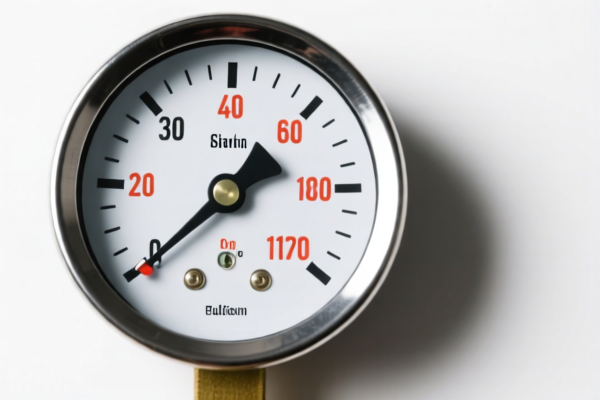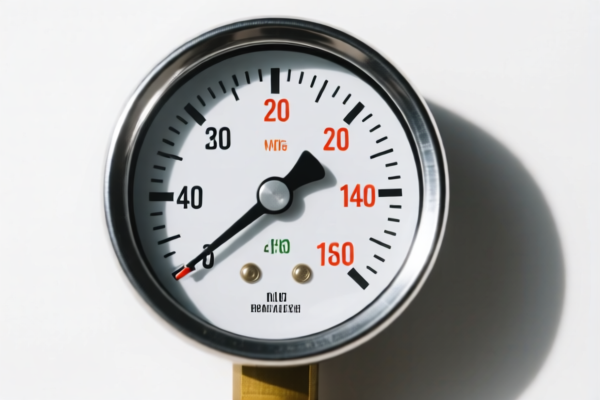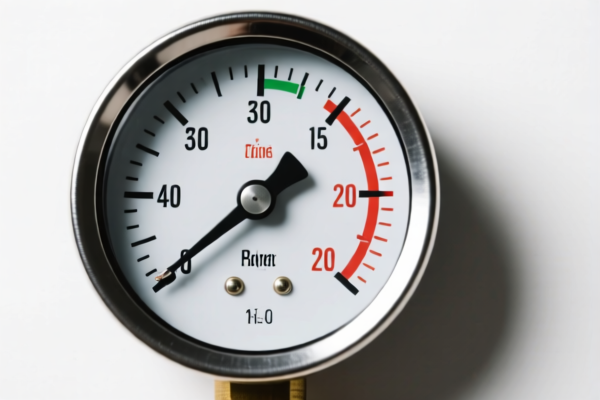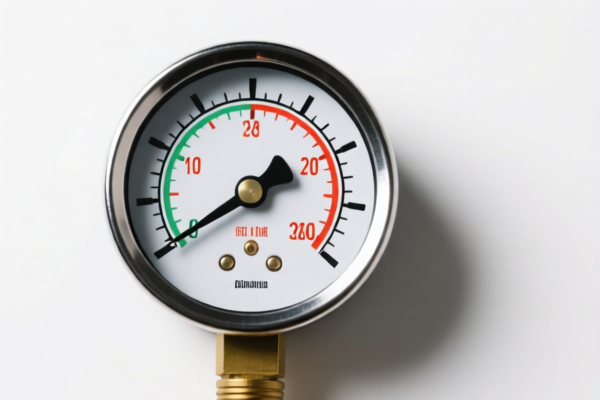| HS Code | Official Doc | Tariff Rate | Origin | Destination | Effective Date |
|---|---|---|---|---|---|
| 9026204000 | Doc | 55.0% | CN | US | 2025-05-12 |
| 9026208000 | Doc | 37.5% | CN | US | 2025-05-12 |
| 9014804000 | Doc | 55.0% | CN | US | 2025-05-12 |
| 9014805000 | Doc | 55.0% | CN | US | 2025-05-12 |
| 9031808085 | Doc | 30.0% | CN | US | 2025-05-12 |
| 9031808070 | Doc | 30.0% | CN | US | 2025-05-12 |
| 8543708000 | Doc | 55.0% | CN | US | 2025-05-12 |
| 8543906800 | Doc | 55.0% | CN | US | 2025-05-12 |




Vacuum Gauge
A vacuum gauge is an instrument used to measure the pressure in a vacuum. It is a fundamental tool in various scientific and industrial applications where maintaining and monitoring low pressure is critical.
Purpose
The primary purpose of a vacuum gauge is to quantify the absence of matter, expressed as a pressure below atmospheric pressure. This measurement is essential for processes like:
- Leak Detection: Identifying and quantifying leaks in vacuum systems.
- Process Control: Maintaining specific pressure levels in manufacturing, research, and analytical equipment.
- System Performance Monitoring: Assessing the efficiency and integrity of vacuum-based devices.
- Material Analysis: Essential for techniques like mass spectrometry, thin-film deposition, and electron microscopy.
Function
Vacuum gauges operate by different principles depending on the pressure range they are designed to measure. Generally, they quantify pressure by relating it to a physical property that changes predictably with pressure. Common principles include:
- Mechanical Deformation: Measuring the deflection of a diaphragm or Bourdon tube.
- Thermal Conductivity: Relating pressure to the heat lost from a heated filament.
- Ionization: Measuring the ion current produced by gas molecules.
- Capacitance: Measuring the change in capacitance between two plates due to the presence of gas.
Usage Scenarios
Vacuum gauges are employed in a wide variety of applications, including:
- Laboratories: Research in physics, chemistry, and materials science.
- Manufacturing: Semiconductor fabrication, thin-film coating, and packaging.
- Automotive Industry: Vacuum booster systems, HVAC systems.
- Aerospace: Altitude measurement, vacuum systems for satellite testing.
- Medical: Vacuum pumps for surgical procedures, analytical instruments.
- HVAC/Refrigeration: System diagnostics and maintenance.
Common Types
Vacuum gauges are categorized based on the pressure range they can accurately measure. Some common types include:
- Bourdon Tube Gauges: Measure relatively high vacuum pressures (down to approximately 1 Torr). Utilize the deformation of a curved tube.
- Pirani Gauges: Measure pressures in the medium vacuum range (1 Torr to 10-3 Torr). Based on the thermal conductivity of gas.
- Thermocouple Gauges: Similar to Pirani gauges, measuring pressure based on thermal conductivity.
- Capacitance Manometers: Measure pressure by detecting the deflection of a diaphragm. Accurate for a wide range of pressures.
- Ionization Gauges: Measure very low pressures (below 10-6 Torr). Include:
- Penning Gauge: Highly accurate for ultra-high vacuum.
- Bayard-Alpert Gauge: A common type of ionization gauge.
- McLeod Gauge: A primary standard gauge used for calibrating other gauges. Measures pressure by compressing a known volume of gas.
- Digital Vacuum Gauges: Utilize sensors and microprocessors to provide accurate and convenient pressure readings. Often incorporate multiple sensing technologies for broad range coverage.
Vacuum gauges are instruments used to measure the pressure of liquids or gases. Based on the provided reference material, the following HS codes may be relevant:
- 9026204000: This HS code falls under Chapter 90, which covers Instruments and apparatus for measuring or checking the flow, level, pressure or other variables of liquids or gases. Specifically, it covers instruments for measuring or checking pressure that are electrical. This would apply to electrical vacuum gauges. The tax rate details are: Basic tariff: 0.0%, Additional tariff: 25.0%, Additional tariff after 2025.4.2: 30.0%, Total tariff: 55.0%.
- 9026208000: This HS code also falls under Chapter 90, covering instruments for measuring or checking pressure, but categorized as 'Other' (non-electrical). This would apply to mechanical or other non-electrical vacuum gauges. The tax rate details are: Basic tariff: 0.0%, Additional tariff: 7.5%, Additional tariff after 2025.4.2: 30.0%, Total tariff: 37.5%.
It is important to determine whether the vacuum gauge is electrical or non-electrical to select the correct HS code.
Customer Reviews
No reviews yet.